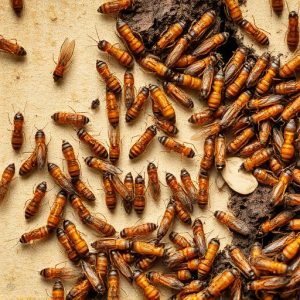The Catalina Foothills region near Tucson, Arizona is prone to termite infestations from both subterranean and drywood species, posing significant risks to homes. Common indicators of infestation include structural wood damage, moisture areas, and piles of termite droppings. Professional termite control Tucson services offer regular inspections and diverse management strategies, including non-chemical treatments and termiticides, to protect properties. Proactive measures like proper drainage, entry point sealing, and regular inspections are crucial for minimizing termite damage.
Exploring the diverse termite species in the Catalina Foothills area is crucial for homeowners in Tucson. This region plays host to several common types, each with unique behaviors, posing challenges for effective termite control. Understanding these species and their habits is vital for identifying signs of infestation early on. This article delves into the various types, their characteristics, and offers strategic advice on prevention and control measures for Tucson properties, emphasizing the importance of professional termite control services.
- Understanding Termite Species in the Catalina Foothills Region
- Common Types of Termites in Tucson and Their Behaviors
- Identifying Signs of Termite Infestation in Local Homes
- Effective Termite Control Strategies for Tucson Properties
- Prevention Measures to Secure Your Home from Termites
Understanding Termite Species in the Catalina Foothills Region
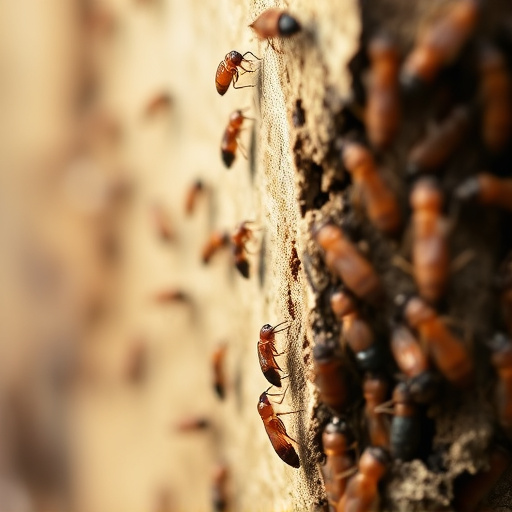
The Catalina Foothills region, a vibrant ecosystem in Tucson, Arizona, is home to various termite species, each with unique characteristics and behaviors. Understanding these local termites is crucial for anyone considering termite control Tucson services. The area’s diverse environment supports several types, including both subterranean and drywood termites.
Subterranean termites are common in the region, known for their extensive tunnel systems beneath the ground. They feed on cellulose-rich materials, often invading homes through cracks or unsupplied wooden elements. Drywood termites, on the other hand, nest above ground in wooden structures, such as tree branches and woodpiles, and don’t require contact with soil for survival. Both species demand vigilance and professional management to prevent structural damage caused by their feeding activities.
Common Types of Termites in Tucson and Their Behaviors
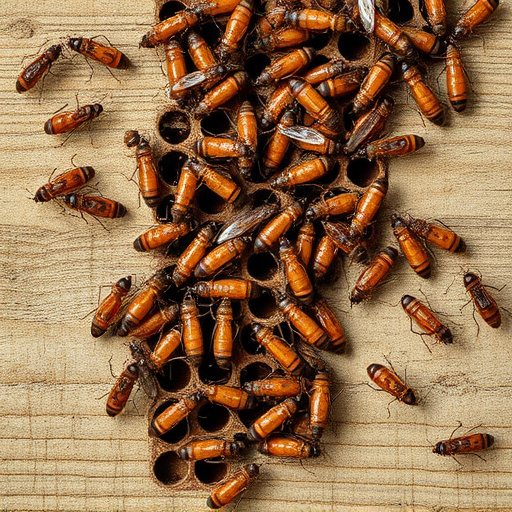
In the Catalina Foothills area, as in much of Tucson, several common types of termites are active. The most prevalent species include the Subterranean Termite and the Drywood Termite. Each has distinct behaviors that impact both their ecological roles and their interactions with humans, particularly when it comes to termite control Tucson needs.
Subterranean termites, known for building extensive tunnel systems beneath structures, are the primary culprits behind many residential termite infestations in Tucson. They feed on cellulose-rich materials, which makes wooden components of homes and buildings prime targets. Conversely, Drywood termites nest above ground within wood, often in walls or furniture, forming clusters that can go unnoticed until significant damage occurs. Their less extensive tunnel systems make them slightly easier to detect than Subterranean termites, but their ability to thrive in drier conditions expands their potential habitat within the region.
Identifying Signs of Termite Infestation in Local Homes
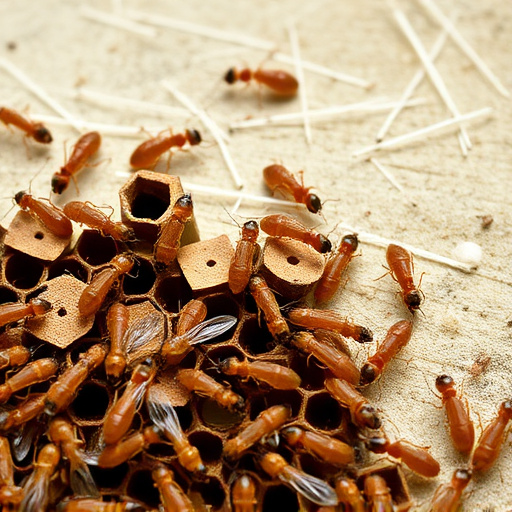
In the Catalina Foothills area, identifying signs of termite infestation is crucial for homeowners looking to maintain their properties. While termites are often invisible, there are subtle indicators that can signal their presence. One of the most common signs is wooden structures within your home that show signs of damage, such as cracks, holes, or uneven floors. Termites are attracted to moisture, so areas with water leaks or high humidity levels are particularly vulnerable and should be closely monitored.
Another telltale sign is the appearance of small piles of discarded termite droppings, which look like fine, powdery dust near infested wooden elements. You might also notice live termites themselves, often seen near windows or doors during twilight hours, as they seek new sources of wood to feed on. For homeowners in Tucson seeking effective termite control, professional inspection and timely intervention are key. Early detection allows for more targeted and environmentally friendly termite control solutions, ensuring the long-term protection of your Catalina Foothills home.
Effective Termite Control Strategies for Tucson Properties
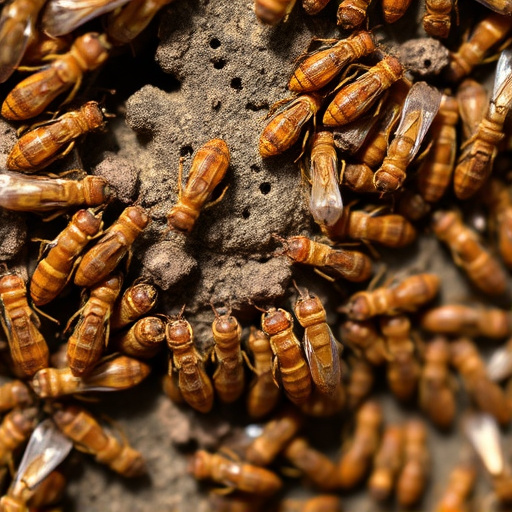
In the Catalina Foothills area, effective termite control is crucial for Tucson properties due to the region’s specific environmental conditions that favor these pests. The first line of defense involves regular inspections by professional pest control services to identify and mitigate potential infestations early on. Termite control in Tucson often employs a combination of strategies tailored to each property, ensuring maximum effectiveness.
These methods include both non-chemical and chemical approaches. Non-chemical treatments focus on eliminating moisture sources, sealing entry points, and using bait systems that attract and eliminate termites without harmful chemicals. Chemical options, on the other hand, may involve targeted applications of termiticides to disrupt termite colonies and protect structures for extended periods. Integrating multiple strategies creates a robust defense against these relentless invaders, safeguarding Tucson homes and buildings from their destructive forces.
Prevention Measures to Secure Your Home from Termites
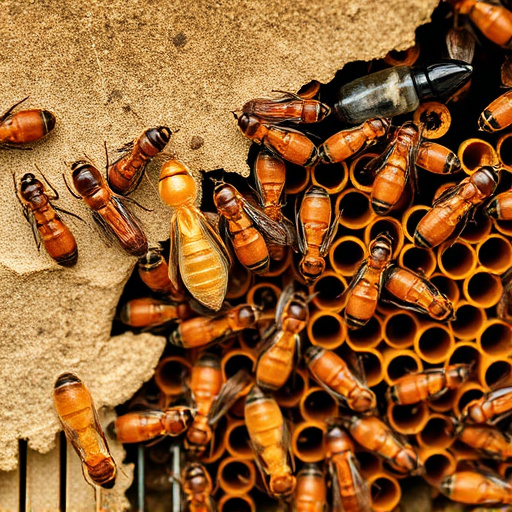
To secure your home from termites in the Catalina Foothills area, it’s crucial to implement effective prevention measures. Start by ensuring proper drainage around your property, as standing water attracts termites. Regularly inspect your home for any signs of damage or entry points, such as cracks in foundations or wooden structures touching the ground. Maintain a buffer zone between your house and dense vegetation, as these plants can serve as food sources for termites. Use termite-resistant materials during construction or repairs, like treated wood and concrete.
Consider professional termite control Tucson services to inspect and treat your property regularly. Regular treatments can prevent infestations by eliminating existing termites and deterring future ones. Remember that prevention is key; the earlier you address termite issues, the less damage they’ll cause.
The Catalina Foothills region is home to several termite species, with common types like the Western Subterranean and Desert Drywood termites posing significant threats to local properties. Understanding their behaviors and identifying early signs of infestation is crucial for effective termite control in Tucson. Implementing prevention measures and adopting timely control strategies are essential to safeguard your home from these relentless pests. By combining professional expertise with proactive measures, residents can effectively manage and mitigate termite damage, ensuring a secure and durable living environment. Remember, when it comes to termite control Tucson, prompt action is key to preserving the value and integrity of your property.
